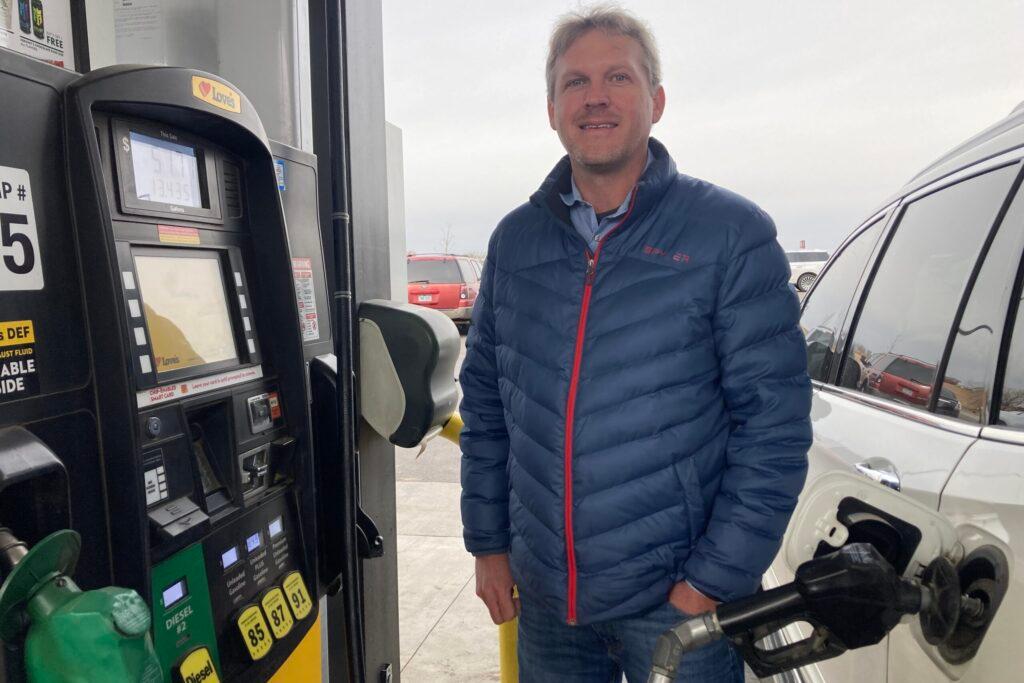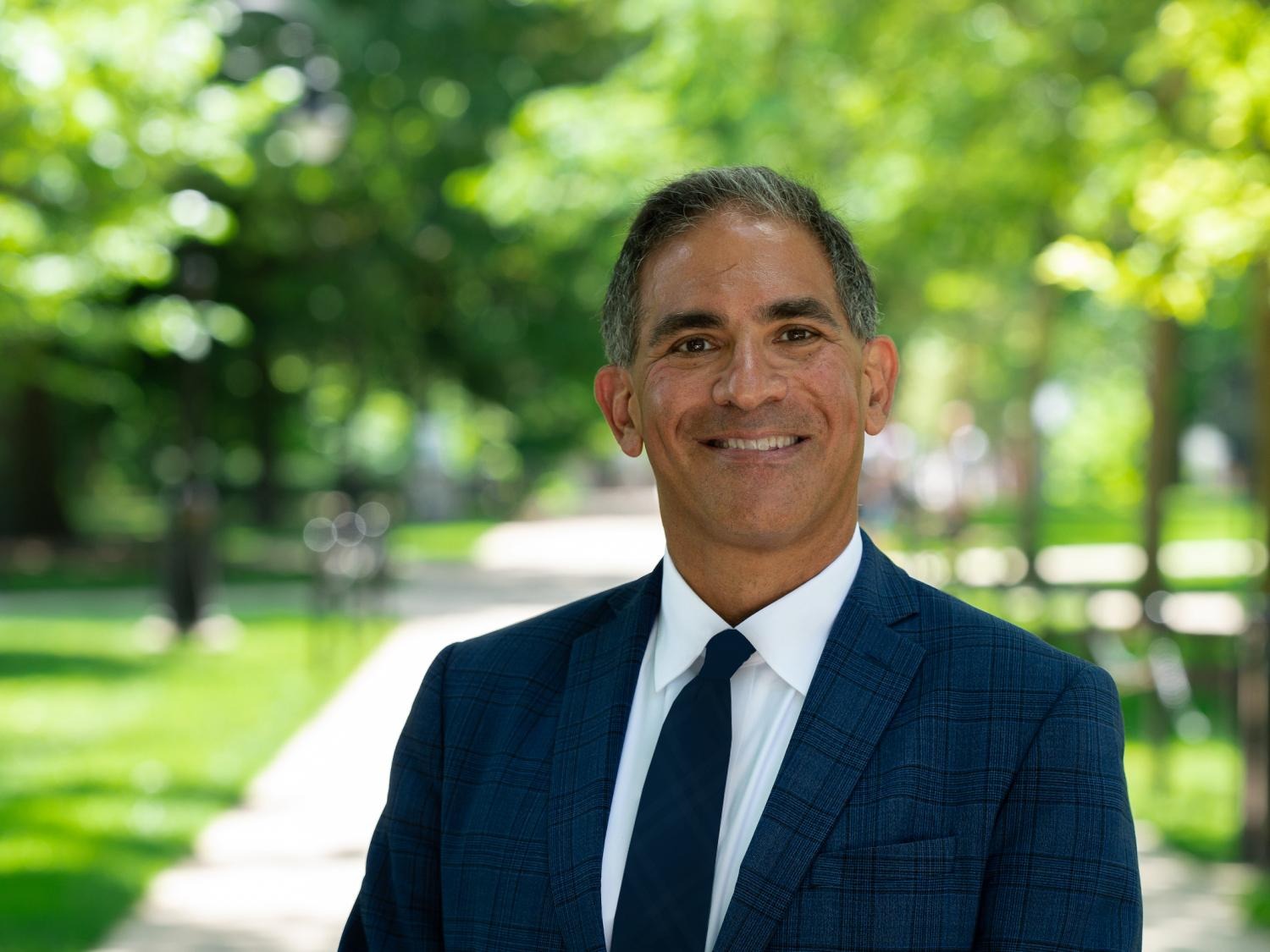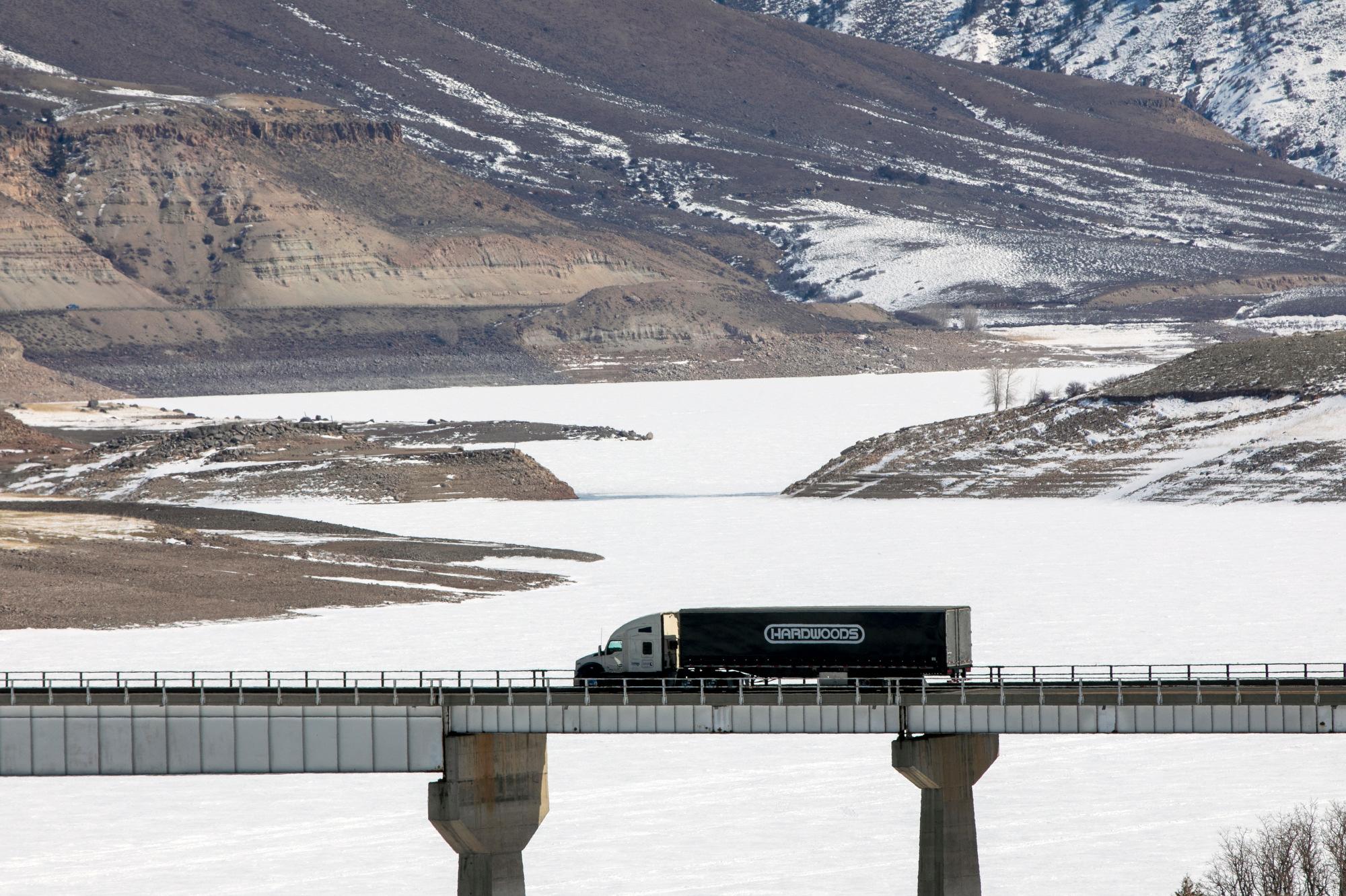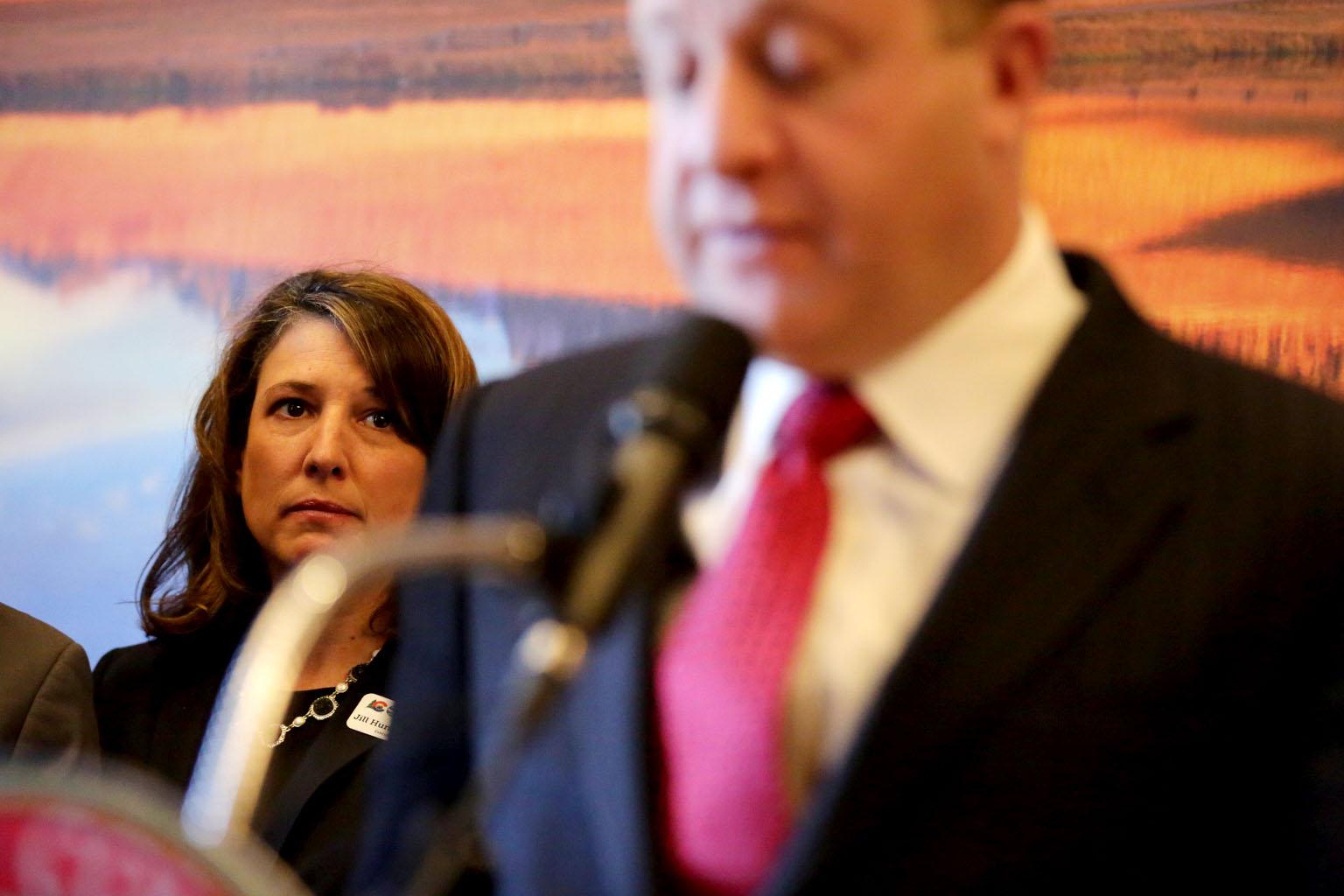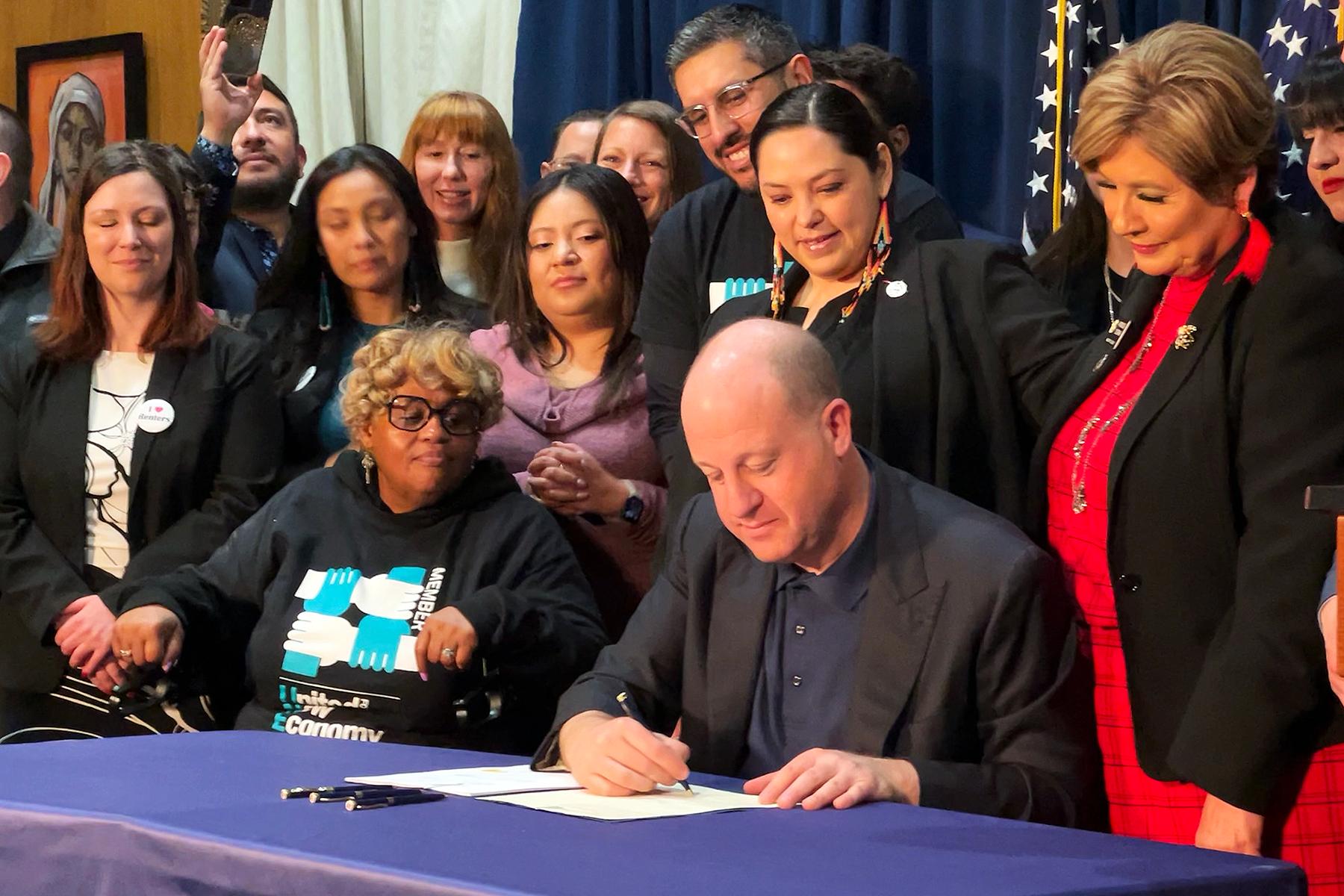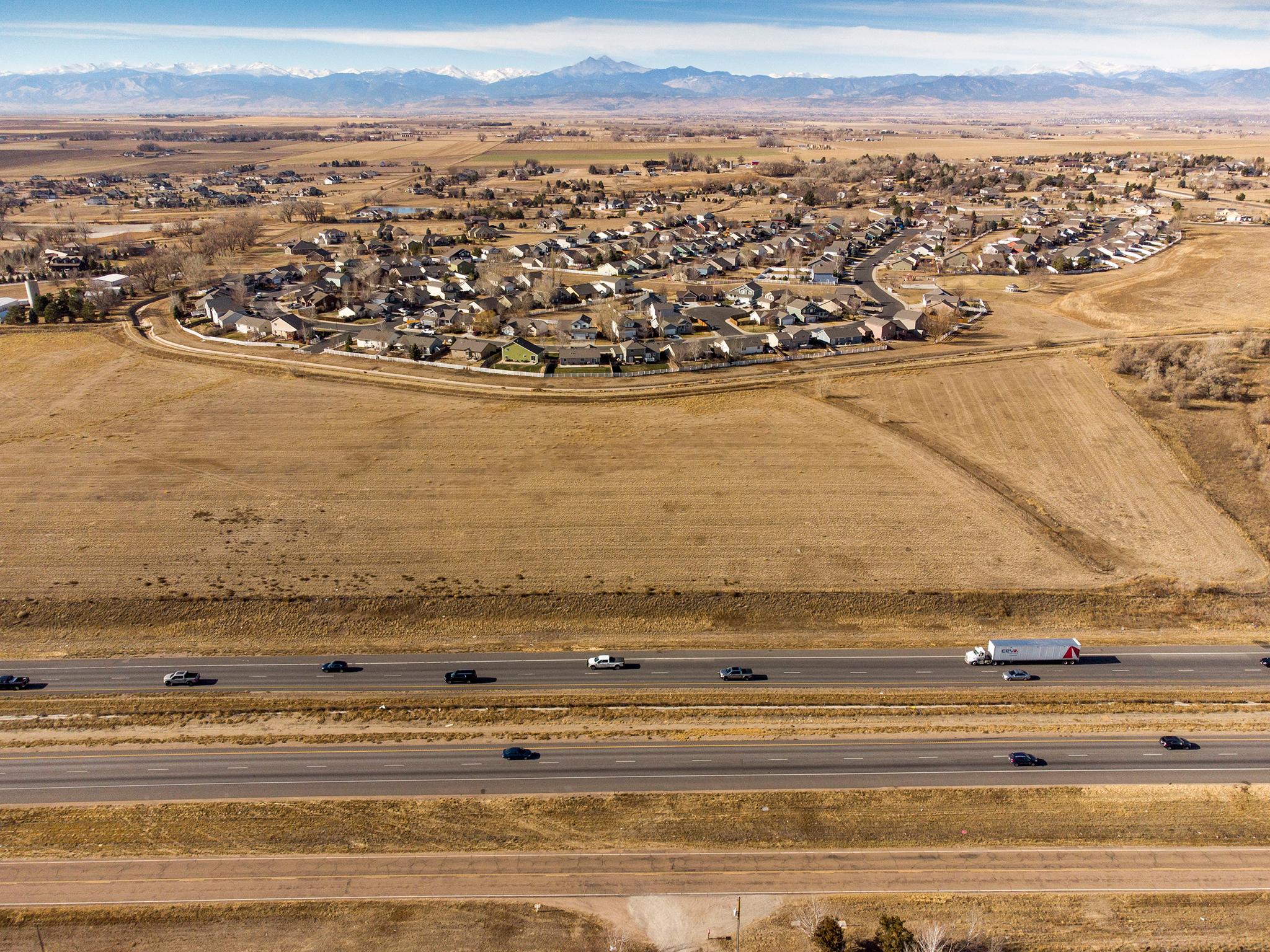
The Colorado Transportation Commission will vote Thursday on a climate change policy that could shift resources away from polluting highway expansion projects and toward more environmentally friendly ones like public transit and bicycle lanes.
The proposed rule, along with a push for nearly 1 million electric vehicles on the road by 2030, is part of the state’s work to reduce greenhouse gas emissions. Tailpipe emissions account for the largest source of such pollutants in Colorado.
The rule would require the Colorado Department of Transportation and the state’s five metropolitan planning organizations to determine the effect their planned transportation projects would have on climate emissions.
If the total is higher than a set limit, money would be diverted to cleaner alternatives.
That could mean a shift of some $6.7 billion by 2050 toward cleaner projects, according to a state analysis.
If approved, the rule could be sharply felt in quickly growing communities along the Front Range.
More than half a million people now live in the Northern Front Range, an area that includes Fort Collins and Greeley. The population has jumped by nearly 100,000 in the last 15 years and is forecast to hit nearly 900,000 by 2040.
Interstate 25’s days of being “just a dead highway on the way to Wyoming,” are long over, said Michelle Gardner, a gas station manager in northern Colorado who drives the road every day.
“It definitely needs to be bigger,” she said.
Business groups and some local governments, especially in the Pikes Peak region and in northern Colorado, have pushed back on the climate rule. They worry that CDOT will use the rule to justify not funding desired road projects, from connecting Powers Boulevard to I-25 in Colorado Springs to expanding a stretch of I-25 between Thornton and Longmont.
“It seems to me when, what we so desperately need, especially in Northern Colorado, is roadways, we have a major department of the state now that is more concerned with the environment than it is with what its primary function should be — and that's transportation,” said Scott James, a Weld County commissioner.
James said Weld County supports reducing greenhouse gas emissions, but it believes CDOT should be focused most sharply on building and maintaining roads. A 20-page letter from the county argues the agency is overstepping its legal authority and questions whether the rule can be enacted and enforced, among other complaints.
James said Weld County’s southwestern corner — communities like Firestone, Frederick and Dacono about 30 miles north of downtown Denver — is growing especially fast. New homes are typically located in sprawling, car-oriented subdivisions. He said that that's what people want, not dense, more walkable and transit-friendly neighborhoods.
“Let the free market dictate how people live, let people decide for themselves how they want to live. Because trust me, if the demand were there for those kind of compact, walkable communities, they would exist,” he said.
Walkable communities do exist in Colorado — they were just mostly built before World War II. Most new neighborhoods and commercial areas since then have been built for cars; the state and federal governments enabled that by subsidizing highways to them.
“I have heard from some Republican lawmakers that this is social engineering,” Matt Frommer, senior transportation associate with the Southwest Energy Efficiency Project, said of the proposed rule. “It totally ignores the fact that like decades of investment in wider highways is social engineering itself.”
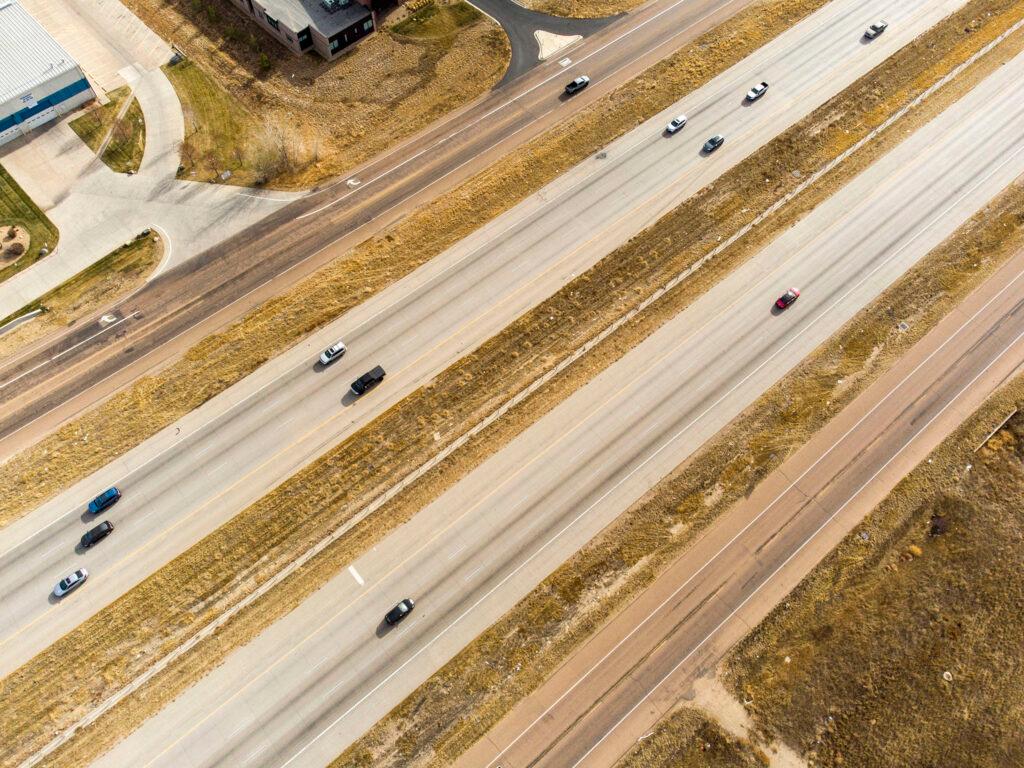
This policy would begin to shift that, though state officials say that highway expansion projects will continue where deemed necessary.
Rather, they’ve emphasized that the new policy is meant to create more transportation options.
“If we can make our downtown areas and our commuting routes pedestrian-friendly, bike-friendly and transit-friendly, there are a lot of folks who [would] want to utilize those options to get to work in a more efficient way and a less costly way,” Gov. Jared Polis said on “Colorado Matters” last week.
Planned highway expansions, like Interstate 70 at Floyd Hill near Idaho Springs, or I- 25 north of Denver, will have transit infrastructure baked into them. CDOT officials hope new transit facilities and services there and elsewhere, as well as new pedestrian and bicycle infrastructure, will encourage more dense neighborhoods and commercial areas where driving is less necessary.
Some members of the transportation commission are worried the policy veers too closely to land use matters — which Colorado law makes the domain of local governments.
“We do not interfere with local land use,” Kathy Hall, chair of the commission, said at a recent meeting.
Some commissioners also pushed CDOT staff to weaken language in the rule that, in a previous draft, explicitly said that road expansions or technological improvements like ramp metering aimed at improving traffic flow would not be considered climate mitigation projects. Research shows that the congestion benefits of road expansion projects are typically short-lived as more drivers use the road.
A newer draft of the rule discourages the classification of such projects as climate-friendly, but doesn’t outright prohibit it. It uses “compromise language,” in the words of CDOT Executive Director Shoshana Lew, that “does a nice job threading the needle.”
“From a safety perspective, CDOT is very much in favor of all the kinds of things that are being talked about here, whether its roundabouts or ramp metering,” Lew said at a recent meeting. “The question with respect to this issue is just, ‘Are those things environmental mitigation or not?’”
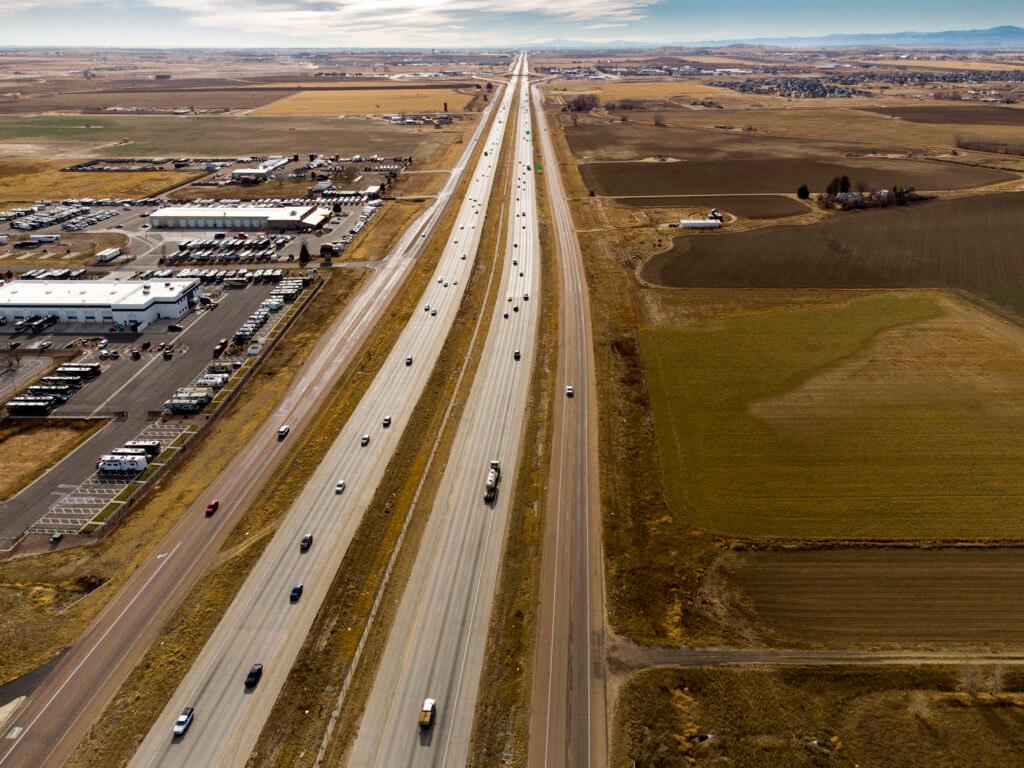
Environmentalists worry that softer language could allow for more road expansions, which they say need to stop altogether.
Frommer said even the mass adoption of electric vehicles won’t be enough for the state to reach its goal of reducing transportation emissions by about 12.7 million metric tons by 2030.
“You can get about two-thirds of the way there with electric vehicles,” he said. “The remaining third really needs to be addressed with strategies that reduce both the number and the distance of vehicle trips — and specifically single-occupancy vehicle trips.”
By potentially shifting money toward cleaner projects, the proposed rule is a "must pass" if Colorado is going to meet that climate target, Frommer said.
Thomas Fox, a Monument resident who was gassing up his SUV in Berthoud last week, said he’d be happy to ride a bus or a train to help the climate — if there were more options that suited his schedule and needs.
“I've got an 8-year-old,” he said. “I'm wondering, what's gonna happen when he's my age or even older?”
